Every morning for as long as they have known each other, Pastor Aphisit and Compassion Child Development Center (CDC) Director Mongkol Sangfu share something as they discuss the day’s agenda: a cup of green tea.
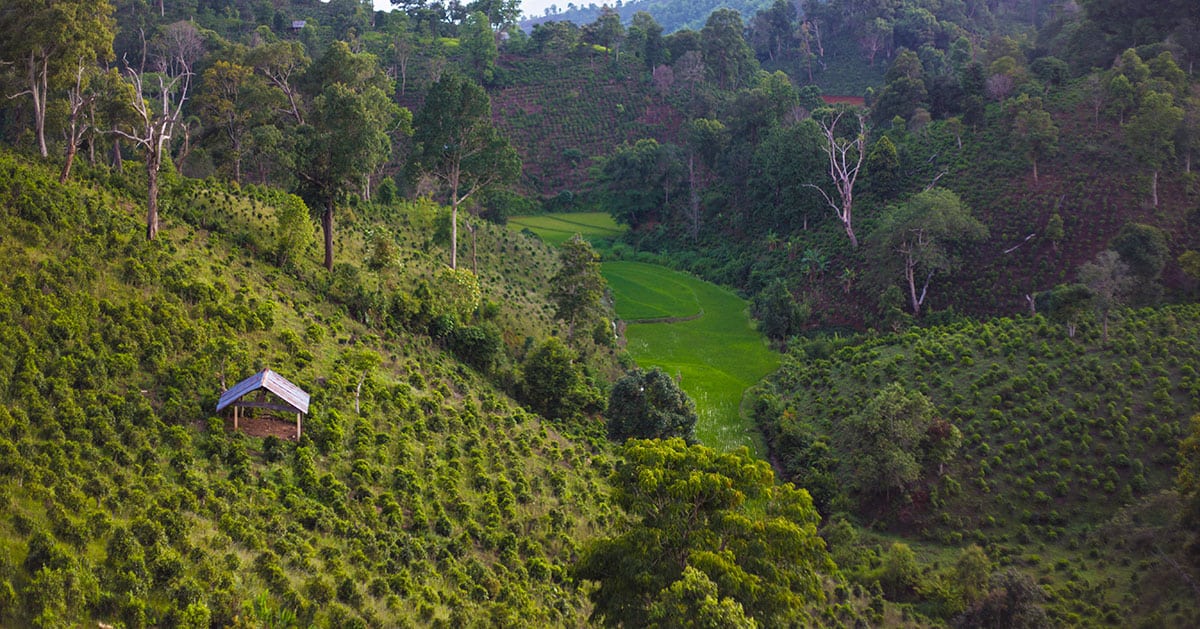
Tea growing on a hillside in the village of Payaplai, close to Piang Fa.
The organically grown tea can only be cultivated in this part of Thailand, dried to a slight roast on rooftops throughout the village, which smells of tea and honey. Its signature smooth, rich taste is the reason this tea is in high demand around the world.
In the cool of the morning, steam coming off the hot cups of tea adds a dreamy atmosphere to the breaking dawn. It’s in this quiet environment every morning that Aphisit and Mongkol discuss their work with the CDC and the Payaplai Lao-Jor Church.
They have a vision for this unique tea to radically change the lives of the poorest members of their community, the families of the children enrolled at the CDC. Located within walking distance from the border of Thailand and Myanmar, children from both sides of the border are registered in the program.
“But on the other side [in Myanmar],” explains Pastor Aphisit, “their parents’ employment options are very few. They have to come over to the Thai side and work as cheap labour in the tea fields.”
They are refugees who have fled violence in Myanmar, and are seeking refuge in a rebel controlled autonomous region just across the border from the CDC.
“Up until last year, no one grew any crops. They all worked as manual labor to live and eat, partly from the fear of not knowing if they would have to flee again.”
But last year a de-escalation of tension in Myanmar, along with a loosening of restrictions by the rebel army, led to villagers wanting to grow crops for themselves again. This was an opening Mongkol and Aphisit had been waiting for. Pastor Aphisit says “It was the perfect time to introduce farming tea to them. Over there, they have a lot of land perfect for growing tea.”
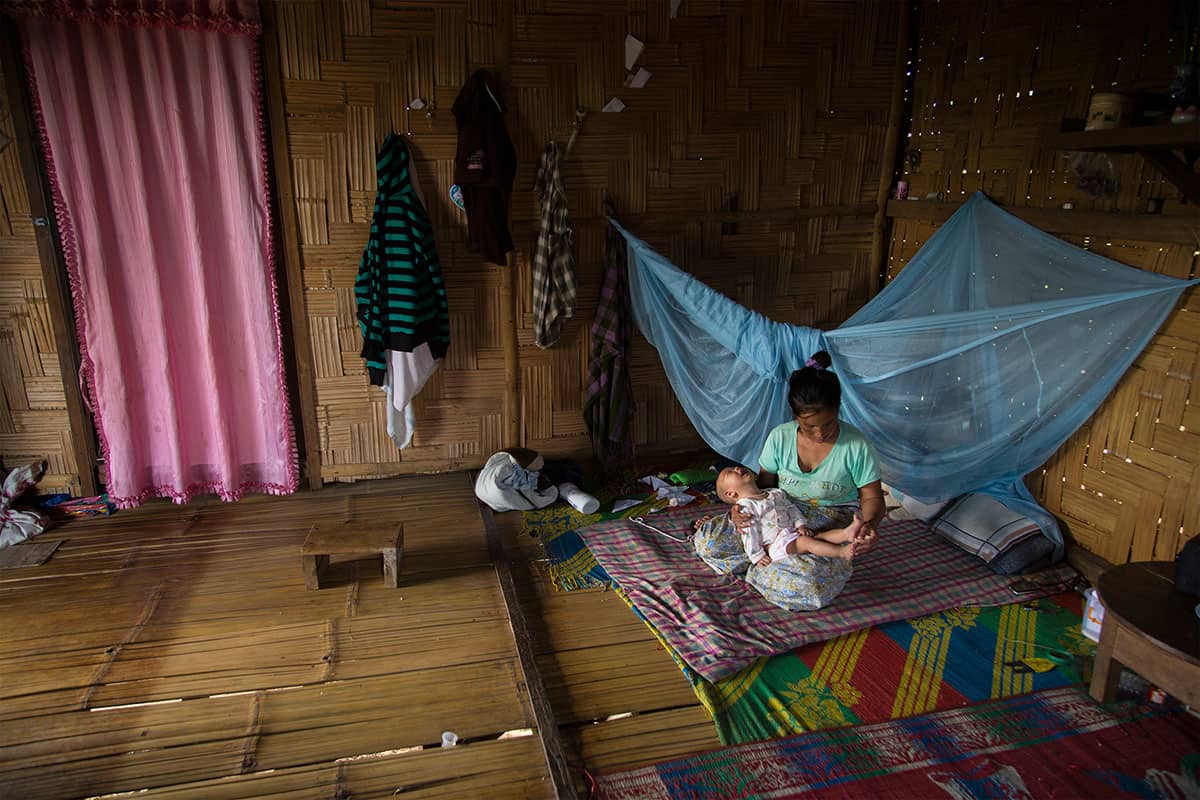
Nan-Nuan cradles her son in their thatch-and-bamboo hut. He is not well and needs medical attention, but she and her husband are too frail themselves to work for the money their son would require. The tea program will change that.
A Complementary Intervention (CIV) was requested to purchase some starting tea bushes for the villagers to plant. Aphisit explains, “We provided each family enough tea bushes to cover just under an acre per family.” As part of the program, each family contributed a third of an acre’s worth of plants as well.
“When these trees are ready to be harvested,” Aphisit says, “the leaves could bring in as much as $1,000 a year for [each] family!”
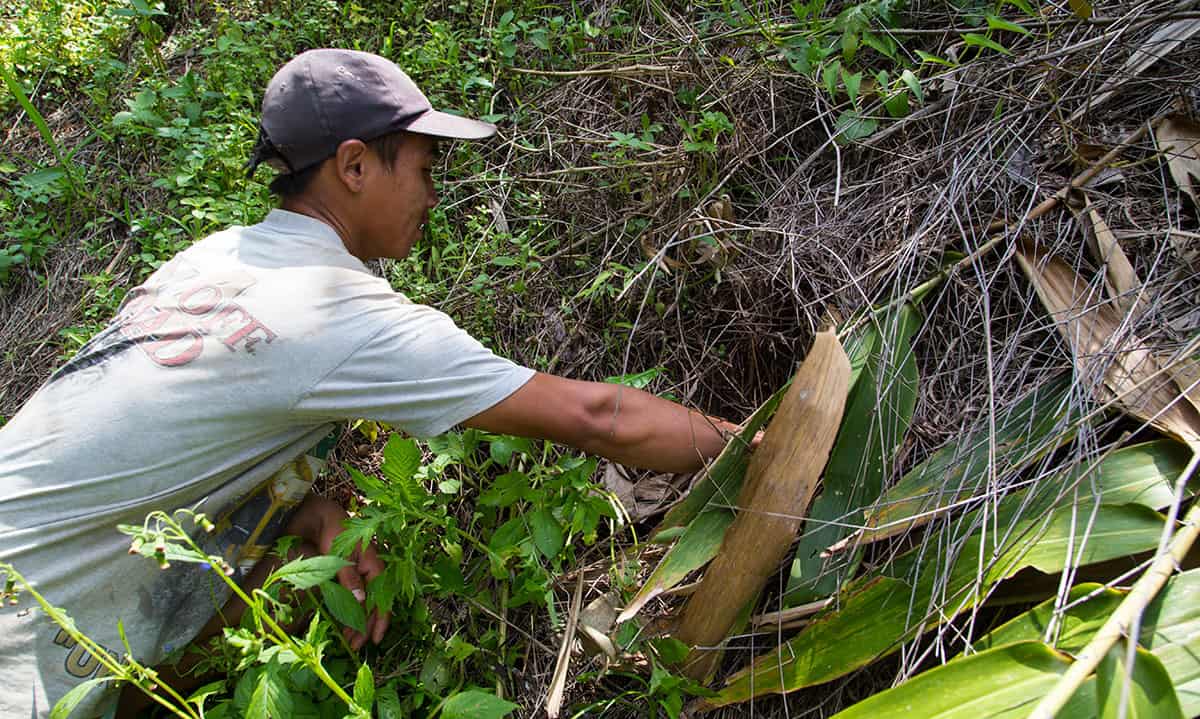
Peisa clears the brush to make sure his tea plants are still growing. His wife is pregnant and enrolled in the Compassion Child Survival Program (CSP). These tea plants will provide a much needed income for him to support his new child.
The CDC in Payaplai has used their unique situation to establish a very hopeful future for some of their poorest neighbors, who now will not have to work in other people’s fields.
But how long before a tea bush is ready to harvest?
“Three years, and we are in the second year.” says Pastor Aphisit, “We are looking forward to delivering a source of income to people who have had to work desperately, hand-to-mouth for most of their lives.”
But how does an impoverished refugee maintain a tea plantation for the first three years before it can produce any money?
The answer is indicative of Aphisit and Mongkol’s expertise in growing tea: you leave it alone.
“I’ve gathered the villagers to teach them our secrets to growing great tea.” Aphisit confides, “For the first three years, you have to let the forest grow up around the tea plants. The grass and bushes trap moisture and protects the young, fragile tea plants from our harsh summers.”
For three years, all tea planters will see is jungle, not tea. But inside, somewhere, the plants are being protected and nurtured by the dense brush.
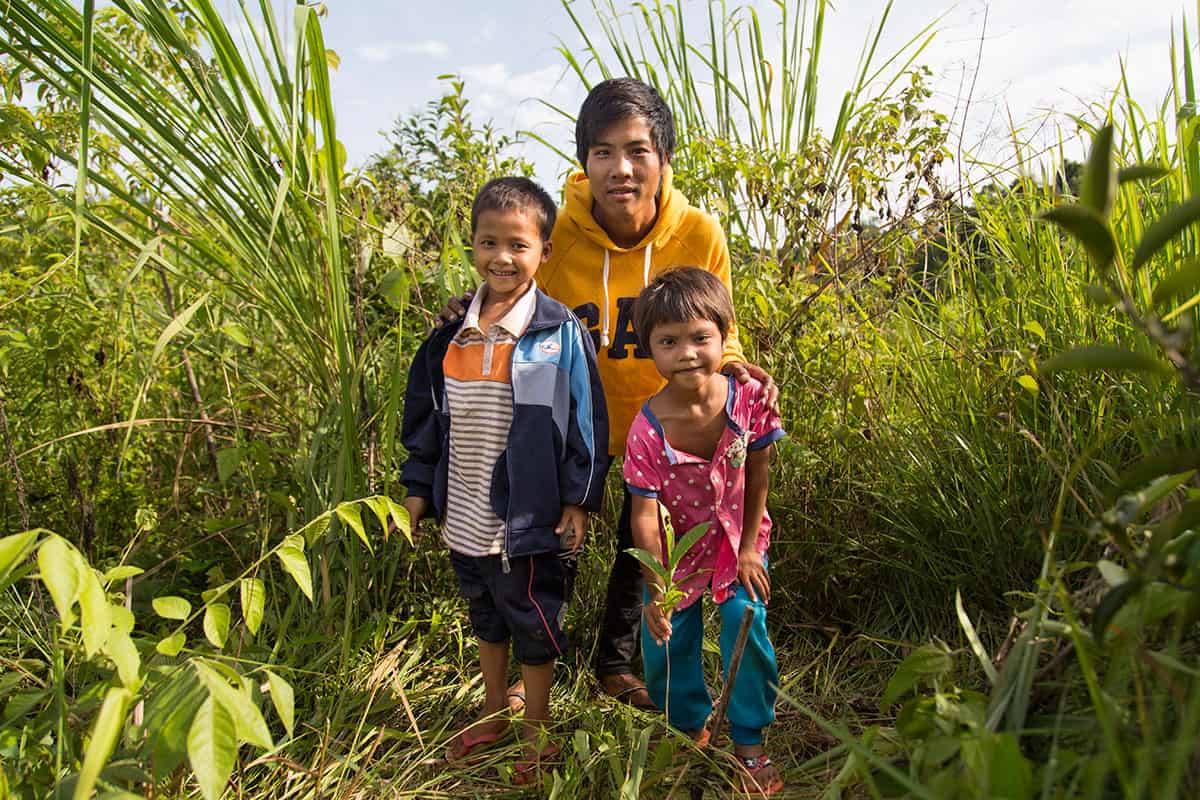
Natapong, who is enrolled at the CDC, and his family show off a healthy tea plant still too young to start picking. These plants should be ready for their first harvest late 2016.
“In one more year, I will tell them that now is the time to cut away the bushes!” Aphisit says excitedly “The tea will be grown enough to survive without its protection and the villagers can start selling it.”
Tea lost in the jungle, tucked away until its time to bloom, is a great metaphor for the hope in this community. Only the jungle may be seen at first, but the villagers know what they have planted in the middle of that thicket.
Only poverty may be obvious, but now there are roots of hope in the hearts of hundreds of children and families who have passed through the churches here, who are nurturing and protecting them through the most fragile times of their lives.
Soon it will be time to celebrate, when the planters can rejoice in the tea plants that are uncovered. And we’ll rejoice with this community of refugees who won’t have to run any more. A community that can finally put down their own roots.
Helping meet the children’s and community’s needs through subsistence farming and income-generating agricultural ventures is not uncommon for our church partners. When they see an opportunity for sustainable solutions for food and income in their communities, they act. These farming solutions don’t just eliminate hunger but they also provide a source of income for families, breaking the cycle of rural poverty.


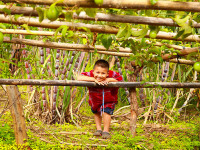

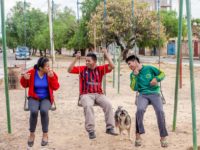


1 Comment |Add a comment
Praying for you. Pray for us.